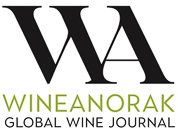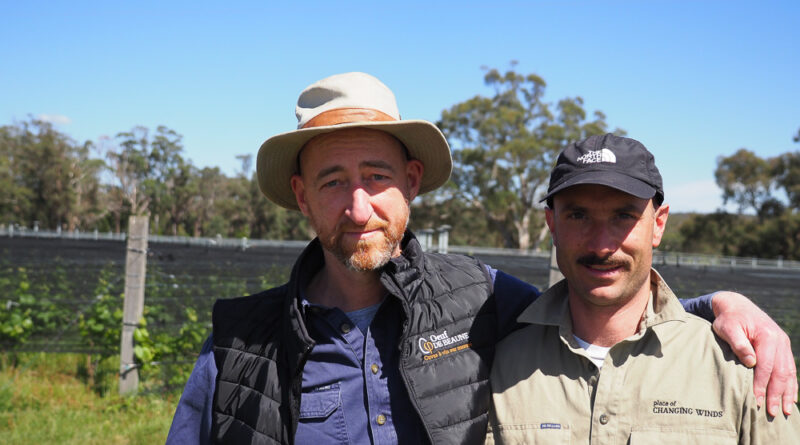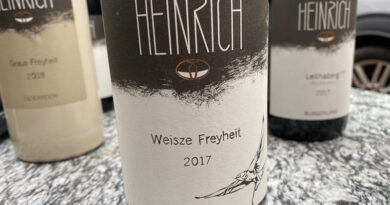Exploring the Macedon Ranges (2): Place of Changing Winds, a remarkable project focusing on Pinot Noir and Chardonnay
Website: https://www.placeofchangingwinds.com.au/
This is a remarkable project from Robert Walters, who for over 15 years has been wine buyer for Bibendum Wine Co. in Australia (no relationship with the UK entity). In the course of his work he’s dealt with many of the top growers in the classic regions, and he’s gleaned a lot of their knowledge. ‘This led me to develop an obsessive interest in the kinds of places and practices that lead to the world’s greatest wines,’ he says. And it spurred him to want to put this knowledge into practice.
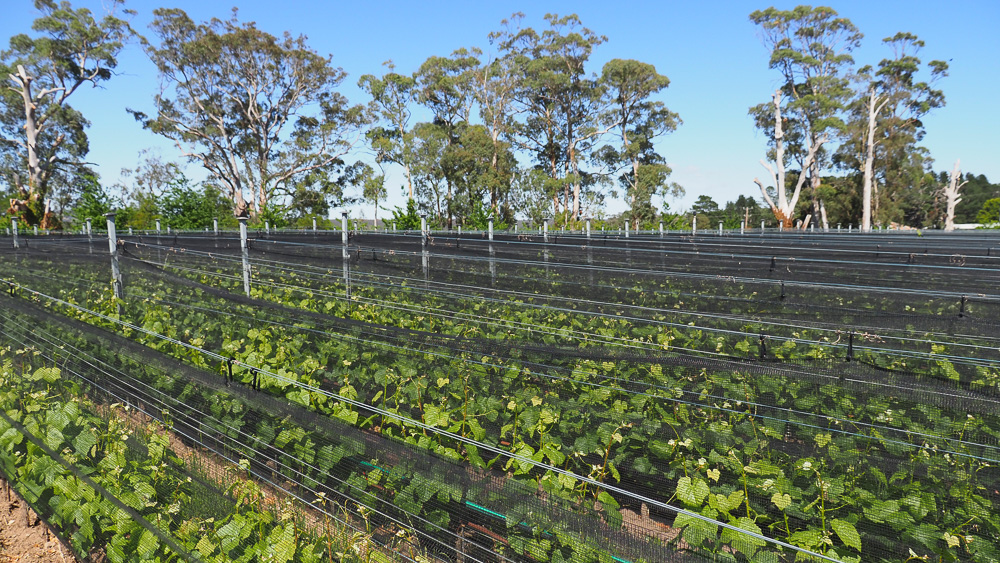
After a protracted search for the right sight, he found a property in Bullengarook in the Macedon Ranges. It’s at 500 m altitude on the southern edge of the foothills of Mt Macedon, surrounded by forest. Overall, the property is 33 hectares, but only a small part of this is vineyard. The climate here is certainly cool (it’s not always possible to fully ripen Pinot here), with large diurnal variations, and rainfall of 700-900 mm. The ancient soils are quite rocky and consist of eroded quartz and sandstone with some clay and silt.
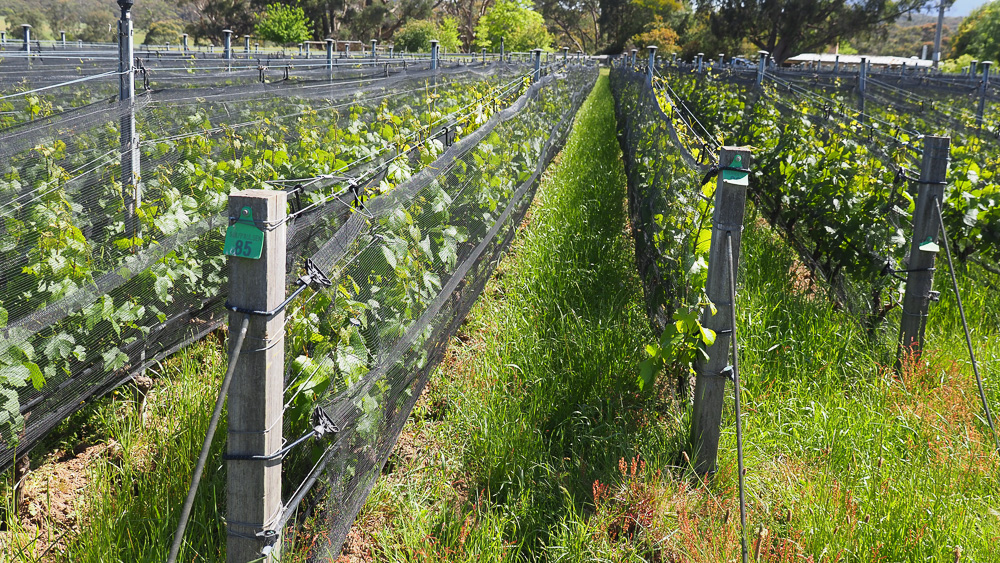
Between 2012 and 2018 Walters proceeded to plant what is one of the new world’s most remarkable vineyards, at planting densities ranging from 12 000 to 33 000 vines per hectare. To give you some idea of how unusual this is, typical planting densities in Australia are 1500-3000 vines per hectare, and in Burgundy – which is what we normally think of as high density – the vines are a metre apart with a metre between rows (10 000 plants per hectare).

The vineyard is planted with nine different clones of Pinot Noir and Chardonnay, and is organically farmed. Some of the vines are ungrafted. The idea is to have no irrigation once the vines are established. The vines are pruned using the Poussard system that is becoming fashionable in Europe because it respects the sap flow of the vine and is thought to reduce the incidence of trunk disease. ‘Many of our vines are spur only, with no cane,’ says Walter, ‘like a two-armed gobelet, and we also now have a section of the vineyard that is bush vine/gobelet proper.’ Tressage is also carried out: weaving the shoot tips with each other to avoid trimming the canopy.
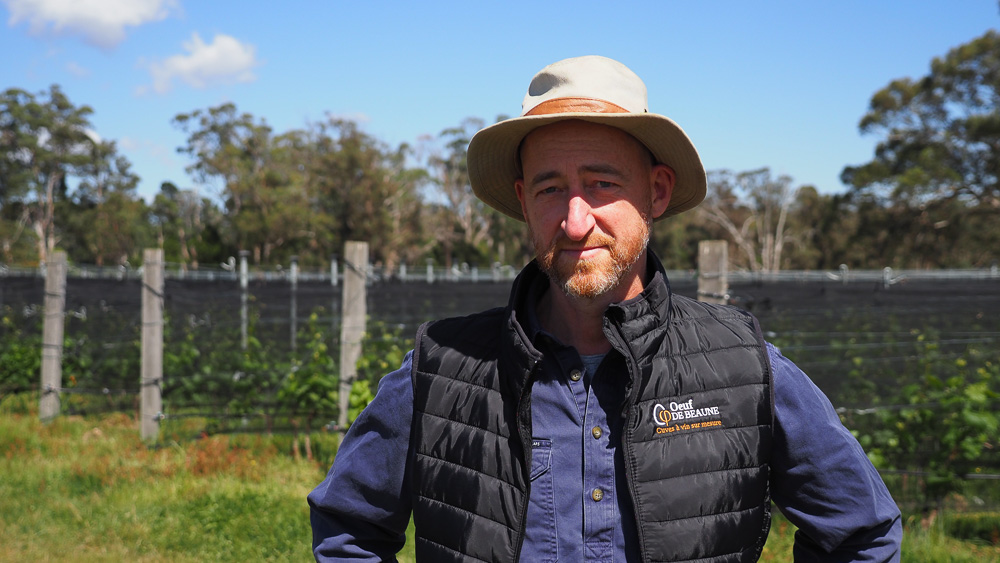
To suppress weed growth the soil is cultivated. ‘There is a lot of confusion around this practice,’ says Walters, referring to the fact that critics of cultivation say that it oxidises humus and is bad for soil microlife. ‘When it is done correctly, minimally and at the right times, we believe careful cultivation to be enormously beneficial to both the soil and the health of the vines.’
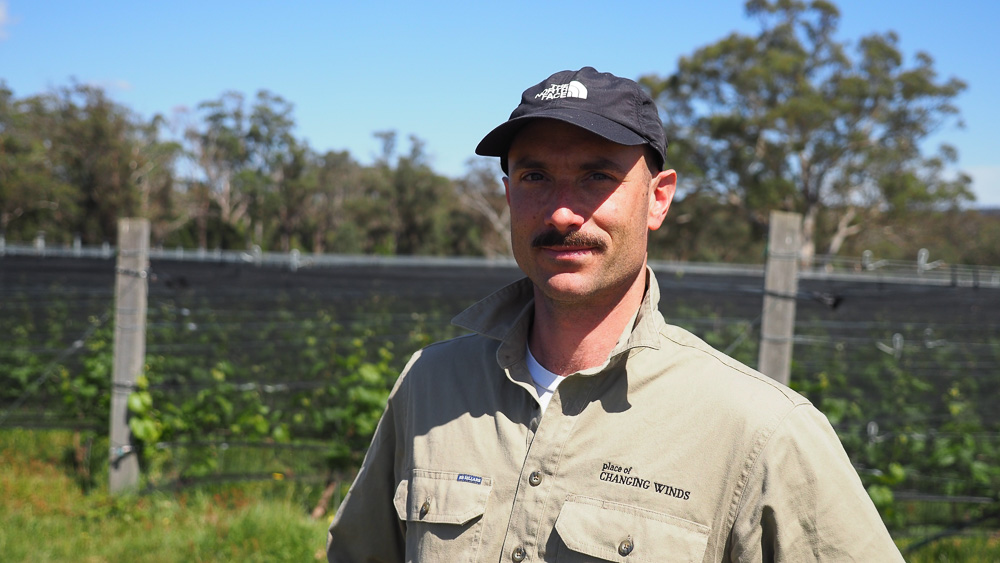
The overall method of farming is very costly because most work must be done by hand. Walters has the equivalent of three full time people in the vineyard, including manager Remi Jacquemain, which is one person per hectare (3.1 hectares are under vine). Often in Australia it would be one person for 50 hectares.


I’ve been following the wines for a few years now, so it was great to finally see the place on a beautiful late spring day with both Rob and Remi. This is a very special project that’s now really taking shape as the vines get some age – the oldest are now 12 years old. What’s needed now are some good seasons after a few very cool years. So far, 2025 looks promising but flowering isn’t through yet. ‘We are now praying for good flowering,’ says Rob. If things go well, they get 12-14 tons from this site. But in 2019 and 2021 they got just 6 tons, and in 2024 a miserly 4 tons (difficult flowering saw them lose 60% of the crop straight away).
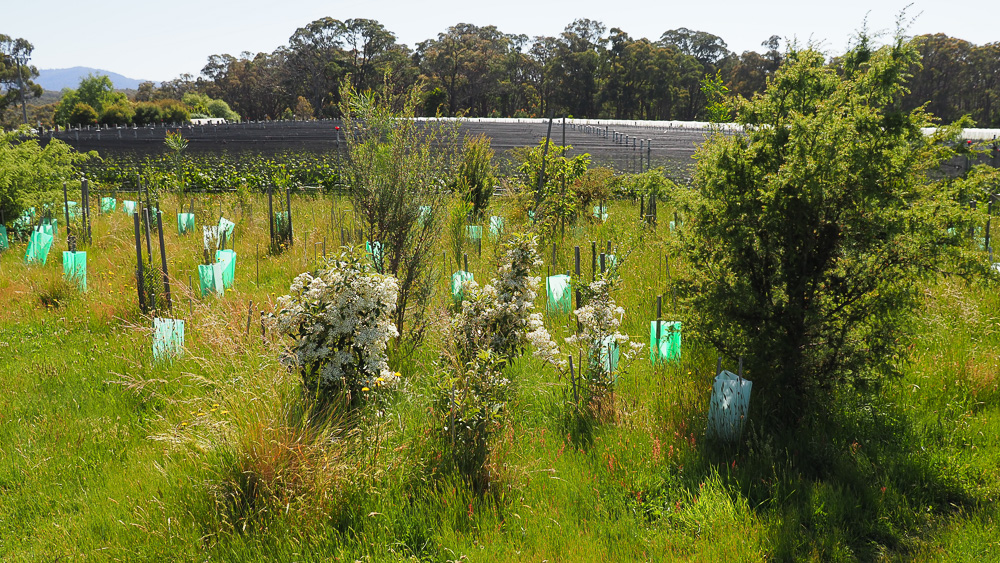
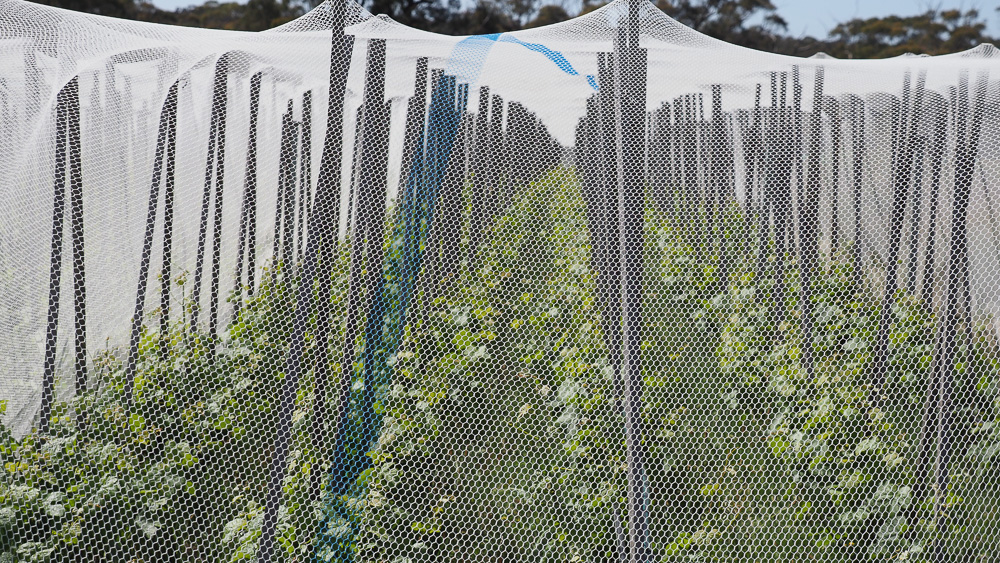
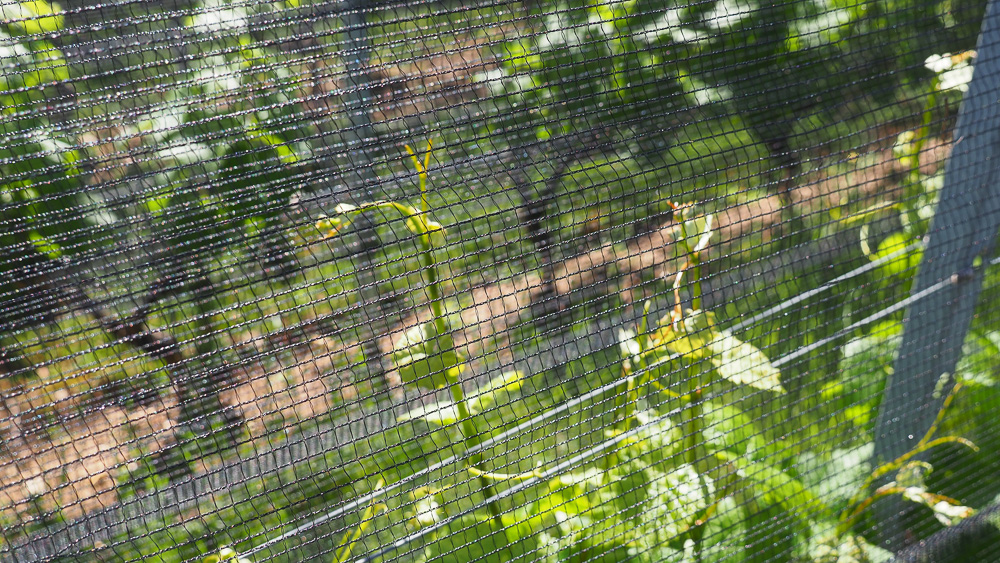
There are 45 000 vines in 3.1 hectares, and the yields they are getting are 20 hl/ha. They’d like to get to 35 hl/ha, which is still low. Average bunch size here is 40-50 g, and they aim for 8 per vine. 350 g per vine would be ideal, says Remi.
The negociant wines are an important part of the business model, and they pre-date the estate wines. Rob began making wines with his friend the late Alain Graillot in Heathcote.
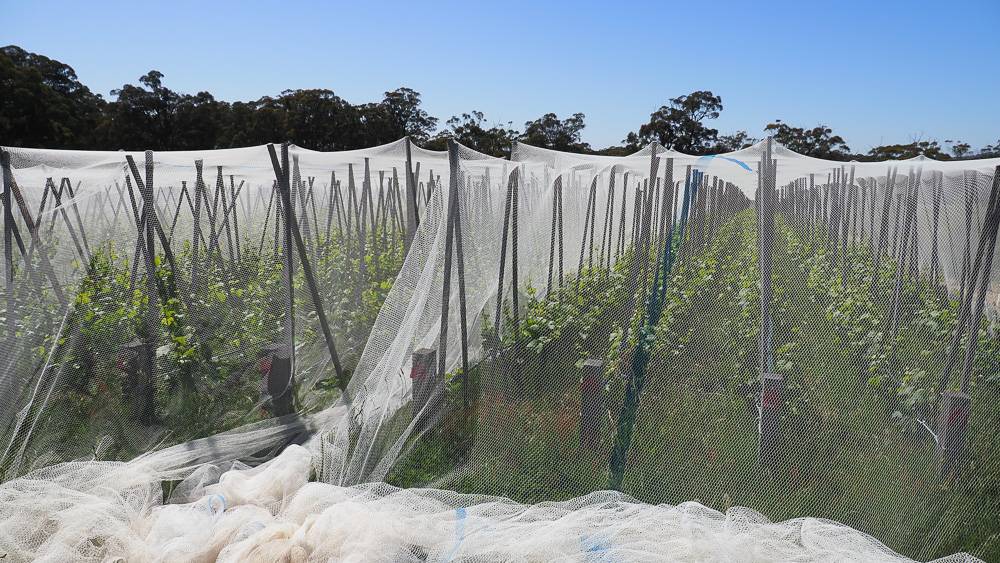
The approach in the cellar is one of appropriate intervention. ‘We don’t want you to see the winemaking,’ says Rob. ‘That’s why we started importing Stockinger.’ [These are Austrian barrels and they have less impact on the wine than small French oak.] ‘Stems are the same,’ he says. ‘I love whole bunch, but I don’t think we’ll be doing that here.’ He adds, ‘our leaning at the moment is that at this stage of the vines, destemming makes the best wines.’
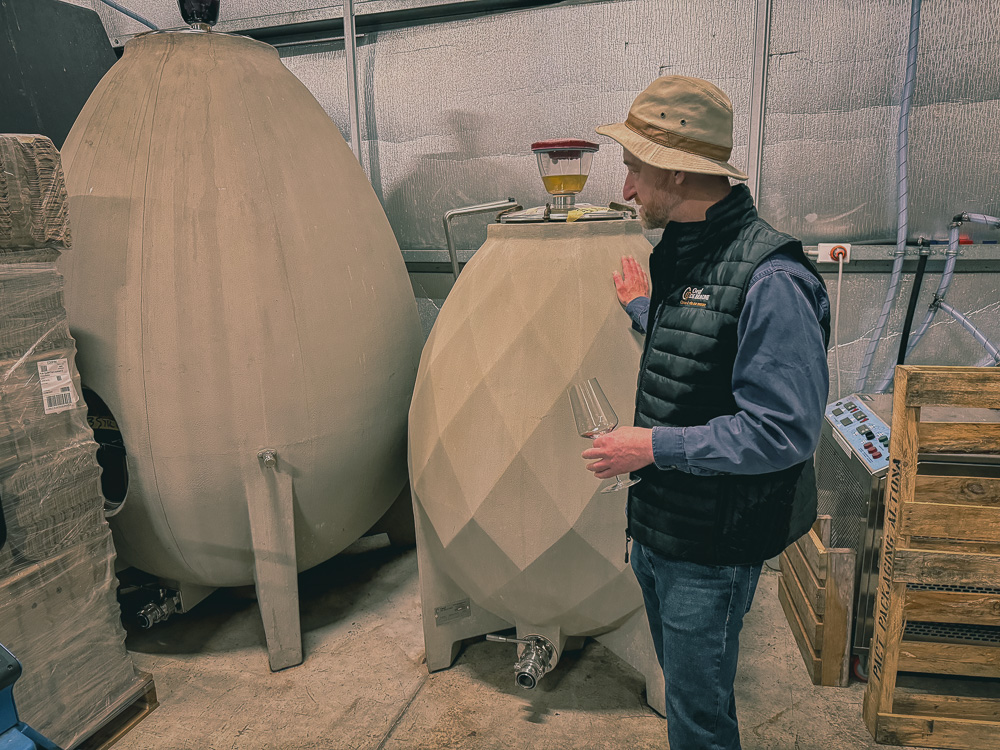
THE WINES
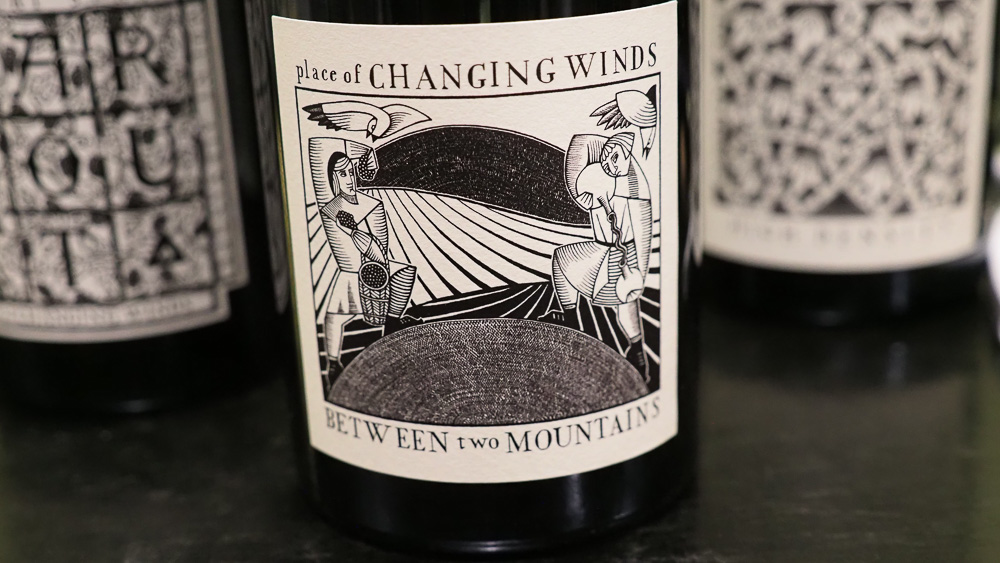
Place of Changing Winds Between Two Mountains Pinot Noir 2023 Macedon Ranges, Australia
13.5% alcohol. This was the only domaine wine made in 2023, which was a wet, late vintage, with the grapes harvested in April. This is fresh and refined with beautiful aromatics of red cherry, almond, some leafy notes. The mouth has nice structure and weight with appealing black cherry and raspberry notes with freshness and concentration, but also real elegance. There’s some structure, with a hint of beetroot and damson, finishing with nice grip. This has potential for development. Really fine. 96/100
And a second note on this wine from a bottle tasted in May 2025:
Place of Changing Winds Between Two Mountains Pinot Noir 2023 Macedon Ranges, Australia
12% alcohol. Just one Pinot Noir made here in 2023 because the team thought that the blend of all their best parcels worked best together, rather than single bottlings of each. This was a cool, late season. Almost one-third whole bunch, then maturation is a range of Stockinger casks (228, 500, 600 and 1000 litres) and some Wineglobes, with around 5% new oak. This is an utterly beautiful, elegant Pinot Noir with floral black cherry fruit and some very fine Asian spice and pepper notes in the background. In the mouth, initially this is light, supple and fruity with some wild strawberry and cherry, but then after a while some spicy structure emerges, with a bit of grip. But it’s all supple and weightless – the Pinot Noir equivalent of a Zalto wine glass! Hard to resist now, but I suspect this will age well over the mid-term. A really beautiful expression of Australian Pinot Noir. 96/100
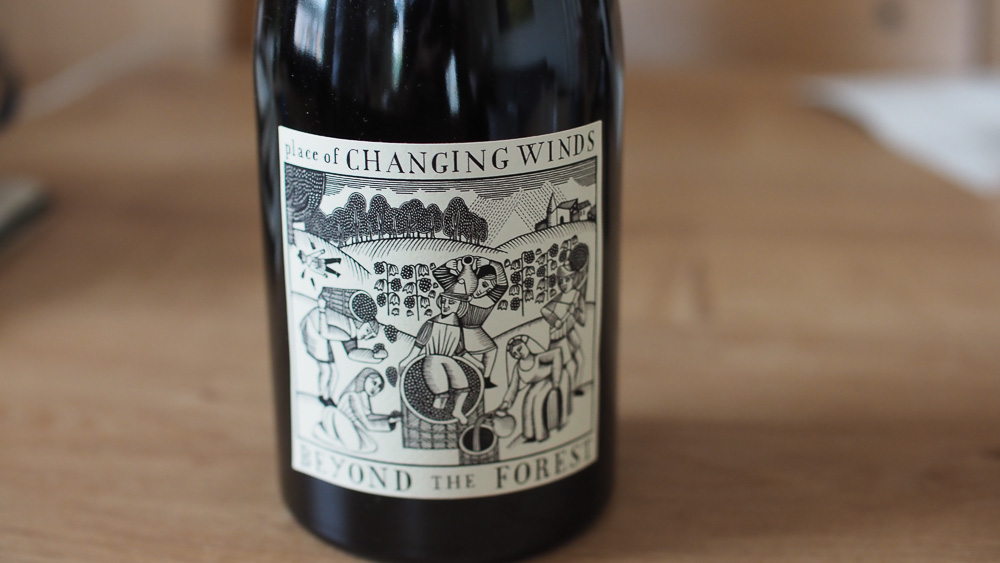
Place of Changing Winds Beyond The Forest Pinot Noir 2022 Macedon Ranges, Australia
13.5% alcohol. This is a very special wine: a special cuvée from a north-facing slope that looks at the forest surrounding the property. Aged for 18 months in Stockinger casks, half of which were new. Remarkably perfumed with a blast of wild strawberries, red cherries, some subtle green mulchy hints and a touch of wood spice, with real elegance and some floral detail. In the mouth, this is a complete wine, offering sweet silky cherry and strawberry fruit with some spicy detail, and hints of iodine, dried herbs and fine powdery tannins. There’s good structure here, and it reminds me a tiny bit of a very elegant Barolo in the way that the sweet fruit sits on top of substantial structure. This is a remarkable example of Australian Pinot Noir, combing elegance and power. It drinks well now, but there’s promise of a lot more to come. A remarkable wine. 98/100
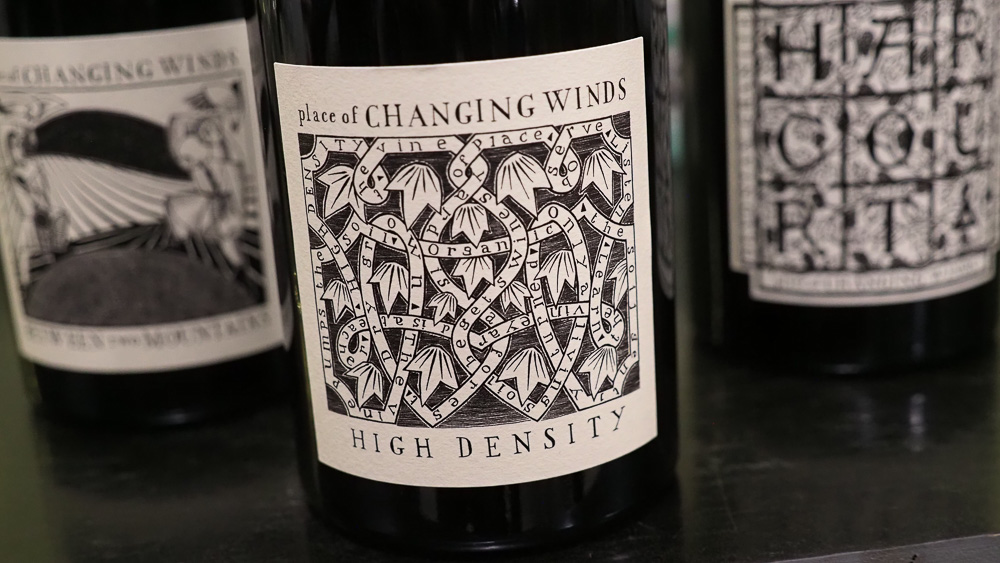
Place of Changing Winds High Density Pinot Noir 2021 Macedon Ranges, Australia
13.8% alcohol. This bottling comes from the 20 000 to 33 000 vines/hectare plantings, and was less than 10% whole bunch, although some of the highest density fruit was manually destemmed with scissors, keeping the grapes on the pedicel. Aged for 19 months in Stockinger barrels (228, 500 and 600 litre), and unfined and unfiltered. Wonderful aromas of sweet, pure cherry and berry fruits with a liqueur-like sleekness, but also some appealing sappy green notes. There’s a brooding complexity on the nose, with an enticing mix of red cherries, herbs, iodine and spice. In the mouth this is sleek and full with lovely silky sweet cherries and plums, and nice sappy detail. Very fine and expressive, and with the tannins and acidity to age beautifully. Superb stuff. 96/100
Place of Changing Winds High Density Pinot Noir 2024 Macedon Ranges, Australia (barrel sample)
This has just had its first vintage in barrel. Very fine and bright with lovely acidity and pure, linear red fruits: red cherries and redcurrants. Such clarity and transparency here. Fine and expressive with some hidden structure and appealing ferrous notes. 97/100
Place of Changing Winds Between Two Mountains Pinot Noir 2021 Macedon Ranges, Australia
13.7% alcohol. Lovely aromatics here: sweet, floral slightly sappy cherry fruit with a lovely rounded texture on the palate. So sleek and elegant with pure sweet cherry and plum fruit, showing a silky mouthfeel. There’s a fine spicy white pepper finish with a bit of structure. 95/100
Negociant wines
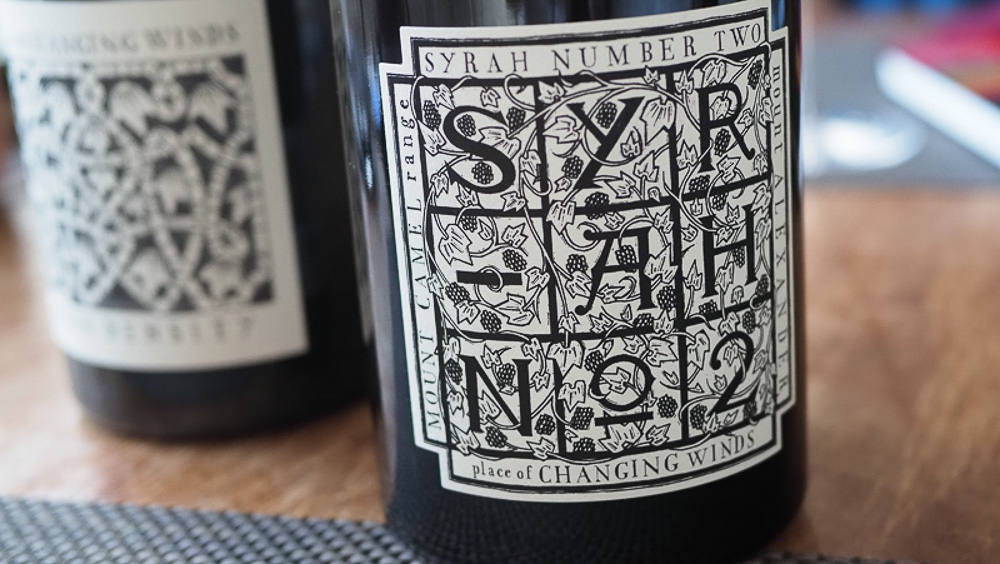
Place of Changing Winds Syrah Number Two 2021
13.5% alcohol. Floral aromatics of sweet black cherries, with some subtle pepper, meat and spice. The mouth is sweetly fruited with lush black cherry and olive fruit as well as a slight creamy richness. Hints of olive, too. 94/100

Place of Changing Winds Harcourt Syrah 2022 Bendigo, Victoria, Australia
This is from Bendigo, but the far SE corner of the GI which is much cooler, in the foothills of Mount Alexander with lots of granitic outcrops. There’s a cool climate here with a full growing season and sandy granitic soils, and it’s an exciting place for Rhône varieties. Lovely fine black cherry fruit with notes of violet and garrigue. Fresh and vivid in the mouth with some spicy detail. Fresh and vivid with good tannin and nice acidity, as well as fruit purity. 94/100
Place of Changing Winds Harcourt Syrah 2021 Bendigo, Victoria, Australia
13.9% alcohol. From Devonian granite soils, this has a lovely concentration of smooth ripe Syrah fruit. Black cherries, blackberries and pepper, with some gravel, graphite and iodine. The savoury notes complement the sweet fruit: this is brooding, ripe, but balanced. 94/100
Place of Changing Winds Harcourt Marsanne 2021 Australia
14.2% alcohol. From Devonian granite soils in Mount Alexander. With some undisclosed Roussanne in the blend, from the same site. Grapes were picked fully ripe, pressed hard, and sent straight to barrel (500 and 228 litre) for fermentation and aging. Natural malolactic. After twelve months in cask, the wine was racked to tank for an additional ten months before being bottled at the start of February 2023. A full yellow colour, this is a bold but balanced Marsanne with well defined aromatics of peach, ripe pear and some canteloup. The palate has remarkable density with concentrated fruit, verging on ripe tree fruits and melon, but also with some crystalline citrus and notes of honey and toast. There’s a smooth mid-palate, and a slight saltiness on the finish, with some pleasant bitter pithy notes adding freshness. This is superb. 94/100

The Place of Changing Winds Tradition Red 2022 Victoria, Australia
This is a blend of 60% Syrah with 40% Pinot Noir. Beautifully aromatic with lovely peppery hints and some fine spices, as well as sweet cherry and plum notes. I love the bright peppery character and appealing aromatics, allied to richness of texture. On the finish this is textured and refined with liqueur-like richness. 95/100
Place of Changing Winds Tradition White 2022 Victoria, Australia
This is two-thirds Marsanne and Roussanne, and one-third Chardonnay (this is aged in a new Tronçais cask from Dominique Laurent). Aged in a mix of 500 litre barrels, wine globes (glass) and neutral barriques for a year, then a year in stainless steel. This one would be hard to place blind. It has some richness from the Rhône varieties with pear, peach and melon notes, and then some more focused citrus notes, all embellished with present but not dominant spicy oak. Classy and balanced with depth but also precision. Such a good wine. 95/100
MACEDON RANGES
